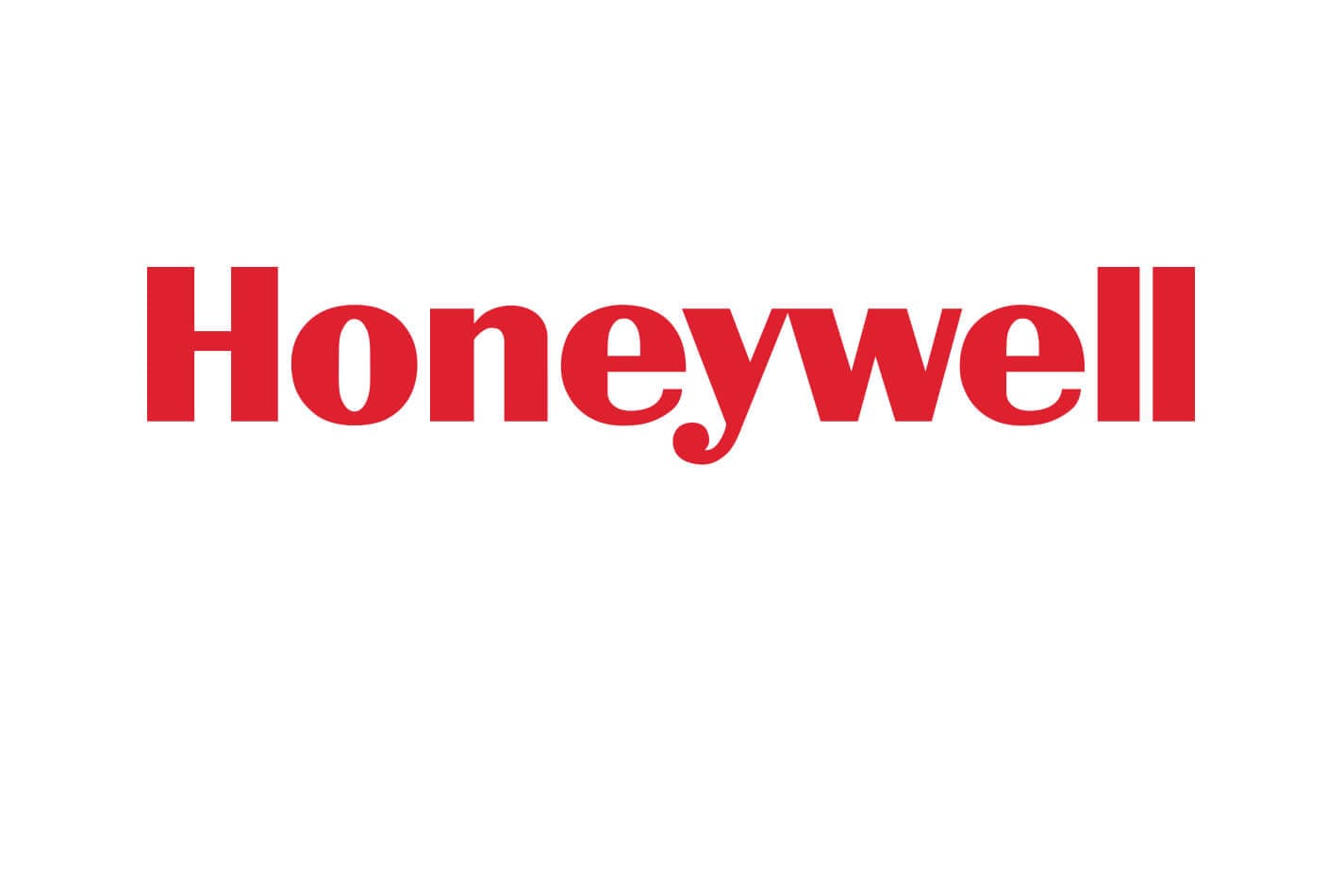Federal relief for schools
The U.S. government has approved more than $100 billion to help schools reopen. Two bills, CARES and CRRSA, have established a fund known as the “Elementary and Secondary School Emergency Relief Fund” (ESSER) specifically for K–12 school districts.
These funds are available to support upgrades to critical school infrastructure, such as improvements to HVAC systems and indoor air quality (IAQ).
We’ll decode the process
From determining eligible upgrades to deciphering agencies, acronyms and applications, we’re here to help you navigate each step. Our funding experts have helped schools throughout the country secure federal funds and other forms of financing – and we can help you too. We’ll decode the process.
A safer school starts with a plan
Assess
We consult with you at no cost to assess your indoor air quality and other factors that could affect the health of people in your building.
Analyze
We provide a detailed analysis of your building health with recommendations to meet safety needs, regulations and funding eligibility.
Act
We’ll guide you through the application for federal funding, as well as other types of aid or financing if needed.
Learn how to fund the upgrades you need
Speak to one of our funding experts today
Frequently Asked Questions
As part of our initial assessment, we’ll help you identify and prioritize what your facilities need, short term and long term.
From that prioritized list, we can advise you on the upgrades that are eligible for ESSER funding and how to apply. However, federal relief funds are merely one option. For years, we’ve helped schools secure other grants and financing, and strategically planned cost-effective projects that can pay for themselves.
We do not do “rip-and-replace.” We use and integrate as much of your current infrastructure as possible to retain familiarity and keep costs down.
First, we’ll help you determine whether your school’s HVAC equipment and other systems need upgrades, or just integration and adjustment. From there, any changes are designed to fit your needs, processes, and schedule so that disruption is kept to a minimum.
By integrating your HVAC system with IAQ sensors, it can detect contaminants to clean the air automatically. We can also integrate other types of building systems with sensors to help automatically monitor and protect your school.
This integration of building systems and sensors gives you the data you need to demonstrate compliance, with easy reporting from your Healthy Buildings dashboard.
We do not do “rip-and-replace.” We use and integrate as much of your current infrastructure as possible to retain familiarity and keep costs down.
First, we’ll help you determine whether your HVAC equipment needs upgrades or just integration and adjustment. From there, any upgrades are designed to fit your needs and processes, including ease of use and ease of maintenance.
Ease of use, ease of maintenance, and sustainable costs are all factors we take into account when planning improvements to your facilities. In many cases, integrated, automated building systems cost less to operate and maintain than manual or dysfunctional systems.
For instance, our Healthy Buildings platform can also be adapted to improve system efficiency and reduce energy costs. This can include guaranteed-performance contracts and AI-driven energy efficiency that can increase savings by 10–20% without compromising comfort or facility health.
The Healthy Buildings dashboard also provides analytics to help you keep on top of system performance and costs. Alerts, reporting and predictive analysis can help prevent costly disruptions and can inform your long-term planning.
As part of our initial assessment, we establish a quantitative baseline for your building’s health. This data can be used to assist with your application for federal grants or other relief.
Then we integrate your building systems with sensors to monitor air quality and other factors. This is tracked in real time on your Healthy Buildings dashboard as your “Healthy Buildings Score.”
This integration of systems and sensors enables intelligent functions such as automatic air cleaning to help protect your school, and it gives you the data you need to show ongoing compliance, with easy reporting from your Healthy Buildings dashboard.
According to studies and guidelines from the CDC, EPA and ASHRAE, proper ventilation and filtration are effective ways to reduce or remove unwanted particles including pathogens, pollutants and other irritants, so we typically recommend cleaner air as a critical, cost-effective first step to a healthier building.
Find out how to schedule an IAQ assessment for your school.
Cleaner air is a critical first step, but our Healthy Buildings platform offers numerous ways to help you manage a complete safety protocol, all based on the same integrated capabilities our customers have always trusted.
For instance, UV-C surface cleaning provides a safe, fast, and effective way to clean spaces between uses. And smart video analytics can help you prescreen body temperatures and detect proper mask usage at entrances, as well as monitor social distancing and support touchless access or contact tracing.
The Healthy Buildings platform is modular and adaptable, enabling you to add and modify capabilities over time as needs change. These automated, integrated systems can fulfill many needs and long-term goals, such as energy efficiency, security, and other life-safety needs.


